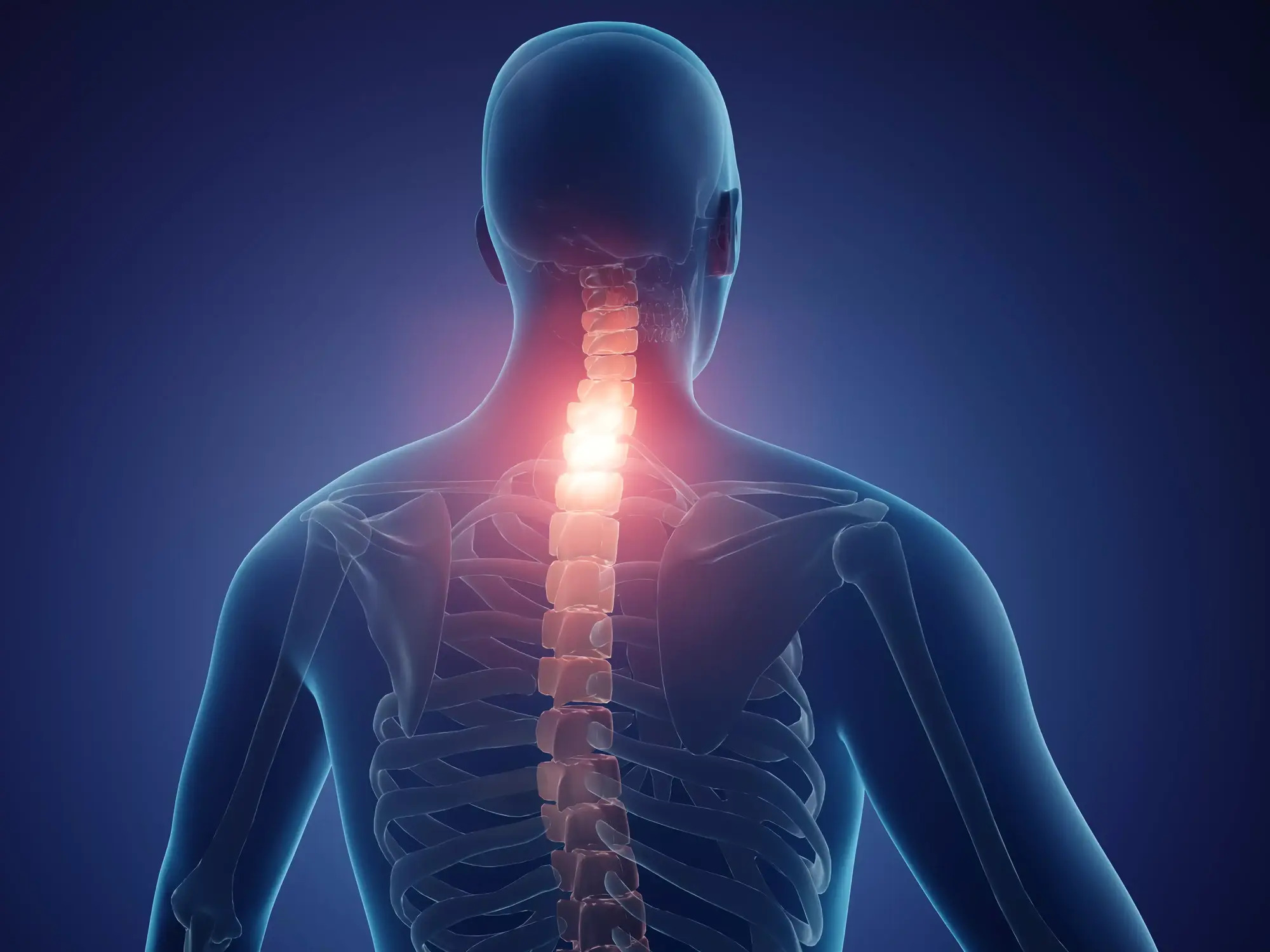
Congenital Stenosis of the Cervical Medullary Canal is a rare condition that affects the spinal canal in the neck. This narrowing can lead to serious complications, including pain, numbness, and even paralysis. Understanding this condition is crucial for those affected and their loved ones. In this blog post, we will explore 25 essential facts about congenital stenosis, from its causes and symptoms to treatment options and preventive measures. Whether you're seeking information for yourself or someone you care about, this guide will provide valuable insights into managing and living with this condition. Let's dive into the key aspects of congenital stenosis and how it impacts daily life.
Key Takeaways:
- Congenital stenosis of the cervical medullary canal is a narrow spinal canal in the neck region present from birth, causing symptoms like neck pain, numbness, and weakness. Treatment options include physical therapy, surgery, and regular monitoring.
- Living with congenital stenosis requires lifestyle adjustments, support systems, and healthy habits to manage symptoms and improve overall well-being. Education, awareness, and advocacy are vital for effective management and better healthcare resources.
What is Congenital Stenosis of the Cervical Medullary Canal?
Congenital stenosis of the cervical medullary canal is a condition present at birth where the spinal canal in the neck region is narrower than usual. This narrowing can compress the spinal cord and nerves, leading to various symptoms and complications.
-
Congenital Origin: This condition is present from birth, meaning it develops during fetal growth.
-
Spinal Canal Narrowing: The primary issue is the narrowing of the spinal canal in the cervical (neck) region.
-
Genetic Factors: Genetic mutations or hereditary factors often play a role in its development.
-
Symptoms Vary: Symptoms can range from mild discomfort to severe neurological deficits, depending on the degree of narrowing.
Symptoms and Diagnosis
Understanding the symptoms and how doctors diagnose congenital stenosis of the cervical medullary canal is crucial for early intervention.
-
Neck Pain: Persistent neck pain is a common symptom.
-
Numbness and Tingling: Patients may experience numbness or tingling in their arms and hands.
-
Weakness: Muscle weakness, particularly in the upper limbs, can occur.
-
Balance Issues: Difficulty maintaining balance or coordination is another symptom.
-
MRI Scans: Magnetic Resonance Imaging (MRI) is the most effective tool for diagnosing this condition.
-
CT Scans: Computed Tomography (CT) scans can also help visualize the spinal canal's structure.
Treatment Options
Various treatment options are available, ranging from conservative management to surgical intervention.
-
Physical Therapy: Physical therapy can help strengthen muscles and improve mobility.
-
Pain Management: Medications can manage pain and inflammation.
-
Surgical Decompression: In severe cases, surgery may be necessary to relieve pressure on the spinal cord.
-
Fusion Surgery: Spinal fusion surgery can stabilize the affected area.
-
Regular Monitoring: Regular check-ups are essential to monitor the condition's progression.
Potential Complications
Complications can arise if congenital stenosis of the cervical medullary canal is left untreated or improperly managed.
-
Permanent Nerve Damage: Prolonged compression can lead to irreversible nerve damage.
-
Paralysis: Severe cases may result in partial or complete paralysis.
-
Chronic Pain: Chronic pain can significantly impact the quality of life.
-
Respiratory Issues: In extreme cases, respiratory function may be compromised.
Living with Congenital Stenosis
Living with this condition requires lifestyle adjustments and ongoing medical care.
-
Activity Modification: Patients may need to modify activities to avoid exacerbating symptoms.
-
Support Systems: Emotional and psychological support is crucial for coping with chronic conditions.
-
Assistive Devices: Devices like braces or walkers can aid mobility.
-
Healthy Lifestyle: Maintaining a healthy lifestyle can help manage symptoms and improve overall well-being.
-
Education and Awareness: Educating patients and their families about the condition is vital for effective management.
-
Advocacy: Advocacy for better healthcare resources and support systems can improve the lives of those affected.
Understanding Congenital Stenosis of the Cervical Medullary Canal
Congenital stenosis of the cervical medullary canal is a serious condition that can impact daily life. Knowing the symptoms like neck pain, numbness, or weakness helps in early detection. Early diagnosis often leads to better outcomes. Treatment options range from physical therapy to surgery, depending on severity. Regular check-ups with a healthcare provider are crucial for managing this condition.
Awareness and education about congenital stenosis can make a big difference. If you or someone you know shows signs, consult a medical professional. Staying informed empowers you to make better health decisions.
Remember, early intervention can improve quality of life. Keep an eye on symptoms and seek medical advice when needed. Your health is worth it.
Frequently Asked Questions
Was this page helpful?
Our commitment to delivering trustworthy and engaging content is at the heart of what we do. Each fact on our site is contributed by real users like you, bringing a wealth of diverse insights and information. To ensure the highest standards of accuracy and reliability, our dedicated editors meticulously review each submission. This process guarantees that the facts we share are not only fascinating but also credible. Trust in our commitment to quality and authenticity as you explore and learn with us.
